(1773 products available)


















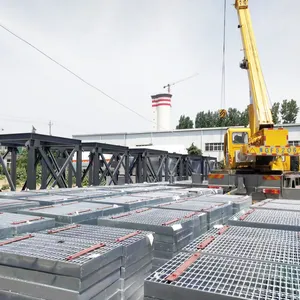











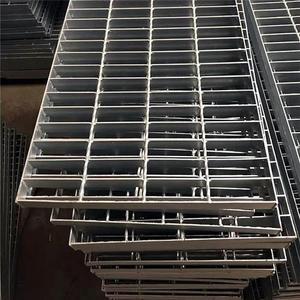










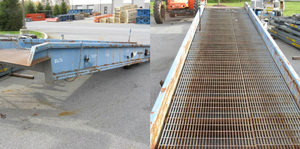






































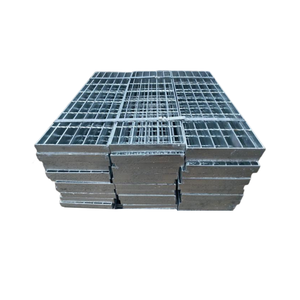







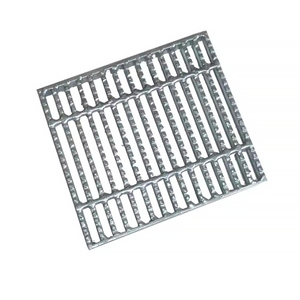
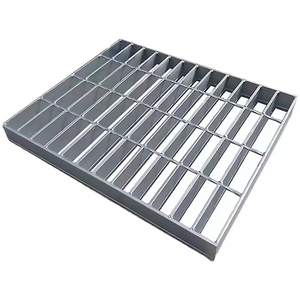


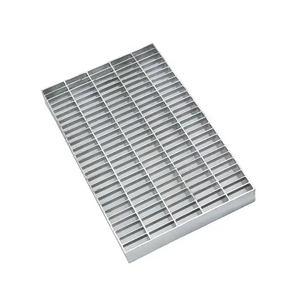
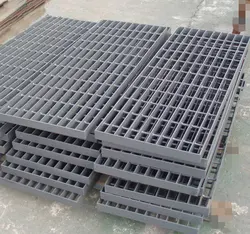



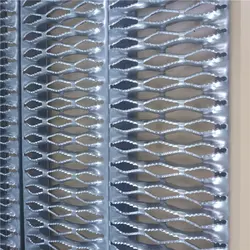








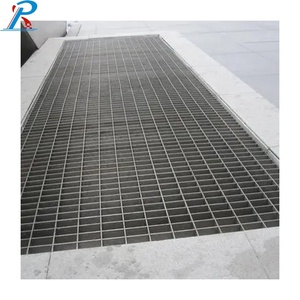



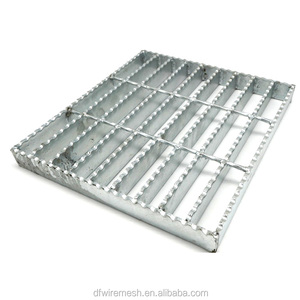




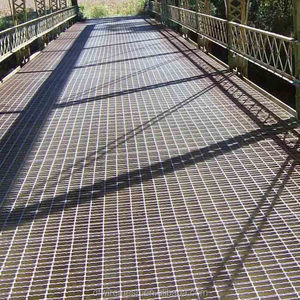






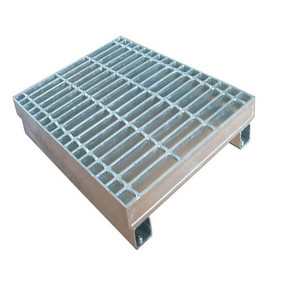
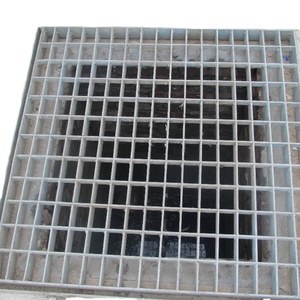
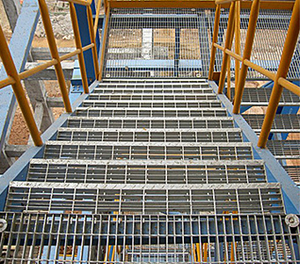
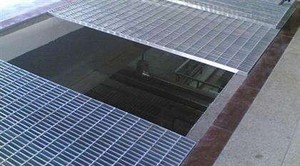
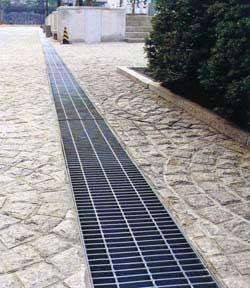







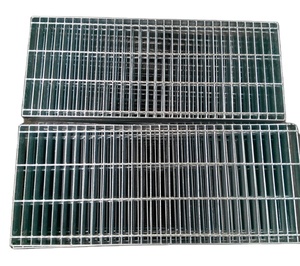

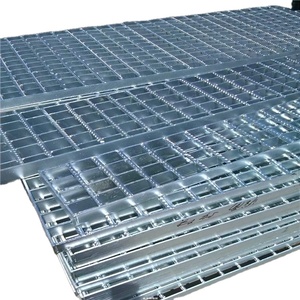
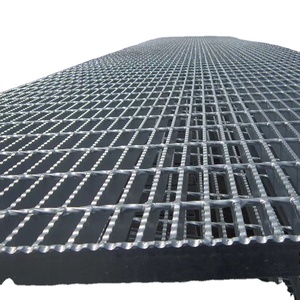


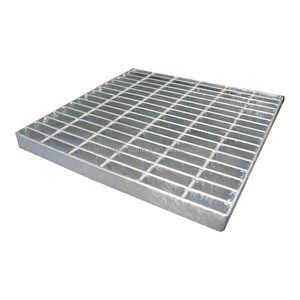




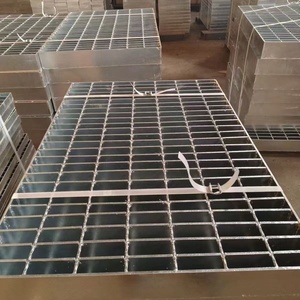




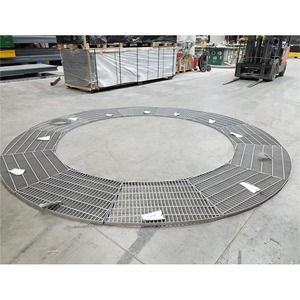

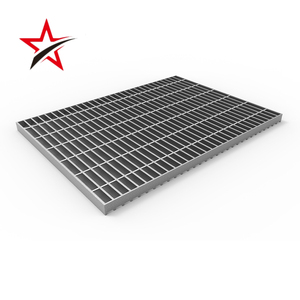

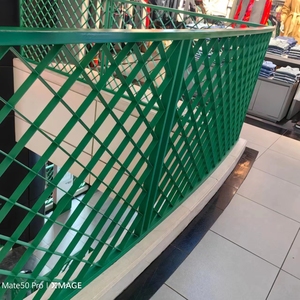






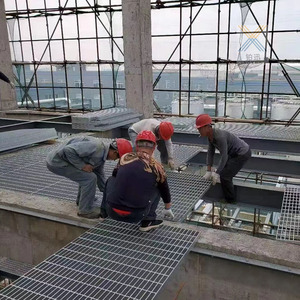
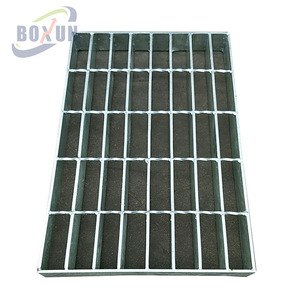










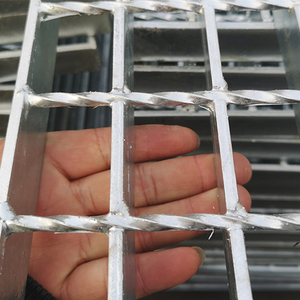



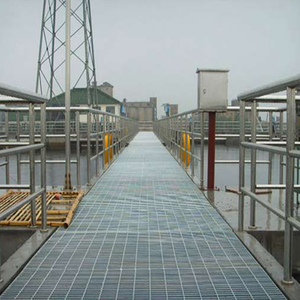

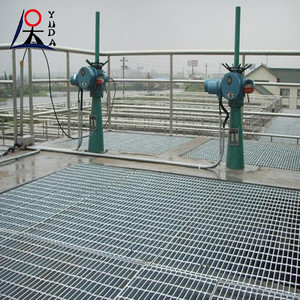





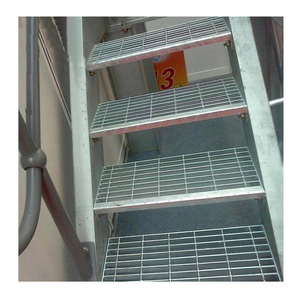



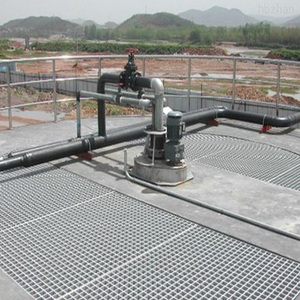




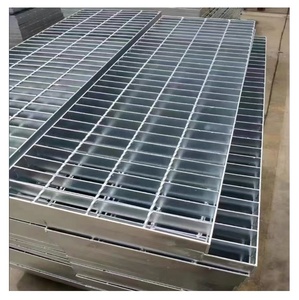


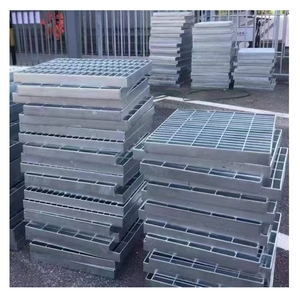
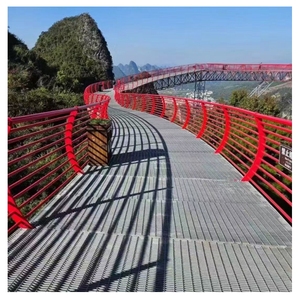







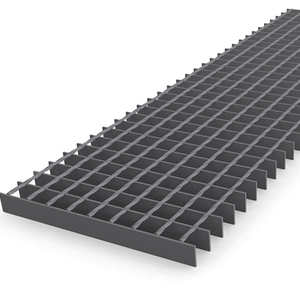

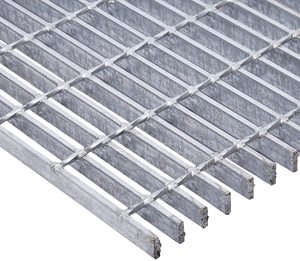

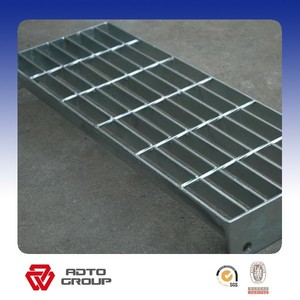
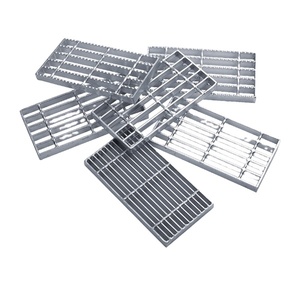
Steel grid plates, also known as steel grids or steel floor grids, are used to cover floors, catwalks, and platforms in many industrial and commercial settings. They consist of steel strips that are welded together to form a grid-like structure. This grid allows for the free flow of light, air, and water while supporting heavy loads. Steel grids are made from different kinds of steel depending on the needs of the customers. One of the widely used steels is A36 steel, which is mild carbon structural steel. It is known for its great welding characteristics and is used in various structural applications. A36 steel grating is used in many industries, including power plants, oil and gas, chemical facilities, manufacturing, construction, and transportation.
These grids come in four different types, which are:
Safety and Traction:
Steel bar grating offers high traction, especially in industrial environments. Its open design allows for light, reduces slipping hazards, and enables water, debris, and light to pass through. This feature makes it a safe flooring choice for walkways, platforms, and stair treads. The A36 steel's galvanized finish further enhances its anti-slip properties and provides safety in high-traffic areas.
Load Bearing Capacity:
A36 steel grating is renowned for its exceptional load-bearing capabilities. Built from robust A36 steel bars, it withstands heavy foot traffic and equipment. Its strength is due to the close bar spacing and varying thicknesses. Ideal for industrial sites, warehouses, and power plants, this load-bearing capacity ensures durability and low maintenance.
Lightweight and Cost-Effective:
A36 steel grating is economically priced and cost-effective. When compared to other steel types, it offers similar strength at a reduced cost. Additionally, it is lightweight, facilitating easier installation and transportation. This reduces project costs and is a preferred choice for many engineers seeking budget-friendly yet durable solutions.
Corrosion Resistance:
A36 steel grating can be treated with a variety of coatings to prevent corrosion. Examples of these coatings include: Galvanization, which involves the application of a zinc coating; painting, which involves the application of a protective paint layer; and powder coating, which involves the application of a polymer-based powder that is then cured under heat. The treatment process enhances the durability and longevity of the steel grating, especially in harsh environments.
Ease of Installation and Maintenance:
A36 steel grating is easy to install and requires minimal maintenance. Its simple assembly techniques reduce installation time and costs. This grating type is also designed for easy replacement, and its cleaning requirements are minimal since debris cannot accumulate due to the open design.
A36 steel grating is used in different industries. It is favored in applications where safety, durability, and corrosion resistance are very important. Here are some common scenarios where A36 steel grating is widely used:
Walkways and Pedestrian Grating
A36 steel grating is used to construct walkways in industrial plants, commercial buildings, and outdoor areas. It provides a slip-resistant surface for high-traffic areas. Also, it allows light and air to pass through, reducing wind and water runoff.
Platforms and Catwalks
Platforms and catwalks are constructed with A36 steel grating in factories, warehouses, and power plants. The grating creates elevated work areas and inspection platforms. It supports heavy equipment and personnel. Additionally, it improves visibility and ventilation.
Stair Treads and Risers
A36 steel grating is used in manufacturing stair treads and risers in industrial settings. The steel grating provides a durable and slip-resistant surface for stairs in high-traffic areas. It enhances safety and compliance with building regulations.
Machine Guards
A36 steel grating is used to construct machine guards in factories and workshops. The machine guards protect workers from moving parts and machinery. They allow visibility and ventilation while providing safety.
Drain Covers
A36 steel grating is used to make drain covers in industrial plants, parking lots, and outdoor areas. The drain covers support vehicle loads and allow water to drain efficiently. They also prevent debris from entering the drainage system.
Cooling Towers
A36 steel grating is used in cooling towers in power plants and industrial facilities. The grating supports maintenance personnel and equipment. It allows airflow and water drainage. Moreover, it withstands harsh environmental conditions.
Oil and Gas Industry
A36 steel grating is widely used in oil and gas facilities such as refineries, drilling rigs, and storage tanks. It constructs walkways, platforms, and staircases. The steel grating offers high strength and corrosion resistance.
Wastewater Treatment Plants
A36 steel grating is used in wastewater treatment facilities. It constructs walkways, platforms, and stair treads. The steel grating is resistant to chemicals and moisture.
Marine and Coastal Applications
A36 steel grating is used in coastal areas, ports, and marinas. It includes walkways, docks, and piers. The steel grating is resistant to saltwater and harsh weather conditions.
When choosing the right steel bar grating for a project, there are some factors that must be considered. These factors include:
Load bearing capacity
Consider the load-bearing capacity of the steel grid. The load grid refers to the weight that can be safely supported. Different applications require different load-bearing capacities. For example, industrial applications require higher load-bearing capacity compared to pedestrian walkways.
Bar configuration
The bar configuration includes the pitch and width of the load bars and cross bars. A36 steel grating has different configurations. The configuration affects strength and slip resistance. It also affects light transmission and drainage.
Environmental factors
The environment where the steel grating will be installed affects its performance. Consider the temperature and weather conditions. Extreme weather conditions require steel grating that can withstand it. Also, consider the exposure to chemicals and water. Choose a steel grating that can withstand the chemicals.
Safety features
Safety features are important when choosing steel grating. Look for features like slip-resistant surfaces and safety certifications. These safety features ensure that the steel grating is safe for use. It also protects the users.
Maintenance requirements
Consider the maintenance requirements of the steel grating. The maintenance requirements affect its long-term cost and performance. Some steel gratings require frequent maintenance. Others need little to no maintenance. Choose a steel grating that suits the project budget and requirements.
Installation process
The installation process of the steel grating affects its cost and time. Some steel gratings are welded during installation, while others are bolted. Welding steel grating creates a stronger structure than bolting it. However, welding steel grating is more expensive and requires skilled personnel.
Q1: What are the common applications of steel gratings?
A1: Steel gratings are used in various applications, including walkways, platforms, and stair treads in industrial and commercial settings. They are also used for ventilation covers, drainage grates, and decorative elements in architectural applications.
Q2: How is the load-bearing capacity of steel grating determined?
A2: The load-bearing capacity of a steel grating is determined by the material thickness, bar spacing, and support spacing. Finite element analysis and load tests are conducted to evaluate the load capacity and ensure compliance with industry standards.
Q3: Can steel gratings be customized?
A3: Yes, steel gratings can be customized based on size, shape, material, and finish. Manufacturers offer personalized solutions to meet specific project requirements, including OEM and ODM services for bulk orders.
Q4: What are the maintenance requirements for steel grating?
A4: Steel grating maintenance involves regular cleaning to prevent clogging and corrosion inspection. The cleaning method depends on the grating type and installation location, while corrosion-resistant coatings are applied as needed to maintain integrity.
Q5: What factors should be considered when choosing steel grating?
A5: Consider the application requirements, including load-bearing capacity, environmental conditions, and aesthetic preferences. Also, consider the grating type, material, spacing, and maintenance to ensure optimal performance and longevity.